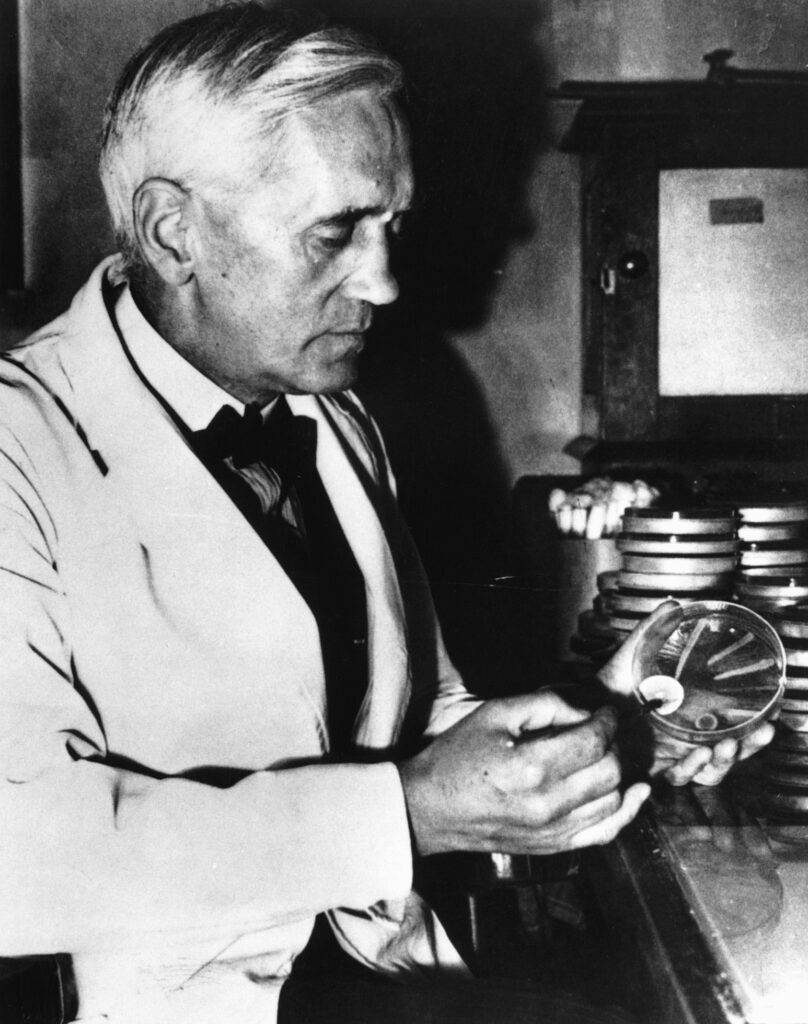WARNING!!!
The world is in insidious danger and no one is aware of it. The World Health Organization is on alert. Bacteria are gaining strength day by day and are increasingly resistant to antibiotics. Don’t let bacteria win this battle between antibiotics and bacteria. Approximately 700,000 people die every year due to antibiotic resistance. The number of deaths caused by rapidly changing and developing bacterial resistance is expected to reach 10 million by 2050.

Have you ever thought about what this antibiotic resistance is and how it came about?
Antibiotics are drugs used to treat bacterial infections, preventing or destroying them from multiplying. Penicillin, discovered by Alexander Fleming, was the first antibiotic and has taken its place among the incredible inventions in history. Antibiotics have been frequently used in the treatment of infectious diseases in humans and animals. But this success of the drug did not last long. Although Sir Alexander Fleming had already raised the alarm about its excessive use in 1945, how could he have known that the public would demand this drug and the process of abuse would begin… Because it was observed that bacteria developed resistance to themselves within the first 10 years. As bacteria change and evolve, we know that antimicrobial resistance has developed if antibiotic drugs can no longer eliminate them or prevent their growth.
This developing resistance affects the treatment of many infectious diseases day by day and makes it impossible.

So where did bacteria learn to create such resistance?
The overuse of antibiotics clearly drove its evolution.
. In bacteria, genes can be inherited from relatives or transferred to unrelated individuals by mobile genetic elements such as plasmids. It has been observed that this horizontal gene transfer system causes antibiotic resistance to be transferred to different bacterial species.
. Or resistance may occur spontaneously through mutation. Antibiotics can eliminate drug-sensitive competitors, causing resistant bacteria to proliferate as a result of natural selection.

What should we do to prevent antibiotic resistance?
To prevent this silent, hidden disaster, always follow the rules of hygiene, do not take antibiotics unless your doctor prescribes them, and most importantly, be vaccinated.


Hello! I am Melis Esma Demirbilek, a 3rd year student at Biruni University, Department of Molecular Biology and Genetics. My passion for scientific research and curiosity about biology led me to both academic and social projects. I am currently working as a writer on the Biologyto page, producing current and interesting content about biology. My future goal is to create both academic and social benefit by contributing to scientific studies.





